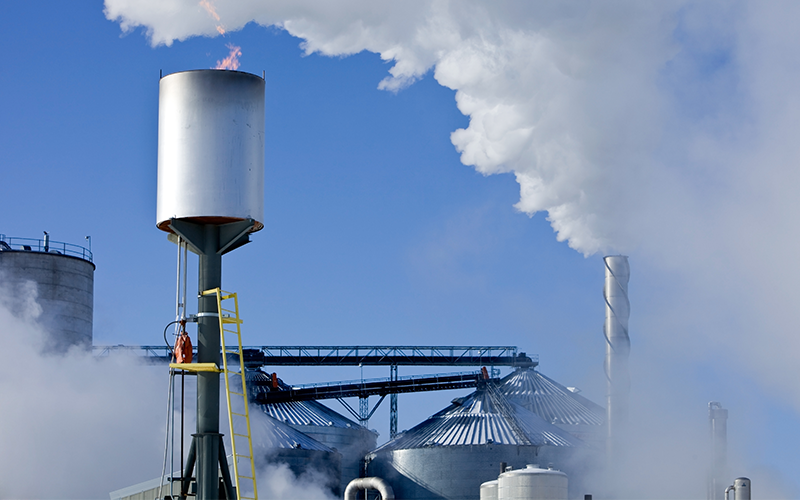The heavy rains have finally stopped, leaving behind swollen rivers and waterlogged fields across Malaysia’s rural heartlands. Farmers wade through muddy ground, surveying the remnants of their harvest—piles of palm fronds, rice husks, and sugarcane bagasse, had once regarded as nothing more than agricultural waste. Meanwhile, in bustling industrial zones, truckloads of sawdust and discarded wood chips from timber mills are being transported to landfills, contributing to the growing waste management challenge.
But what if this so-called ‘waste’ could power the future? What if these discarded materials, instead of rotting away, could be transformed into fuel for aeroplanes, biodegradable plastics, and even chemicals that drive industries forward? This is the promise of biorefineries—advanced facilities designed to convert biomass into valuable energy and materials, offering a sustainable alternative to fossil fuel dependency.




